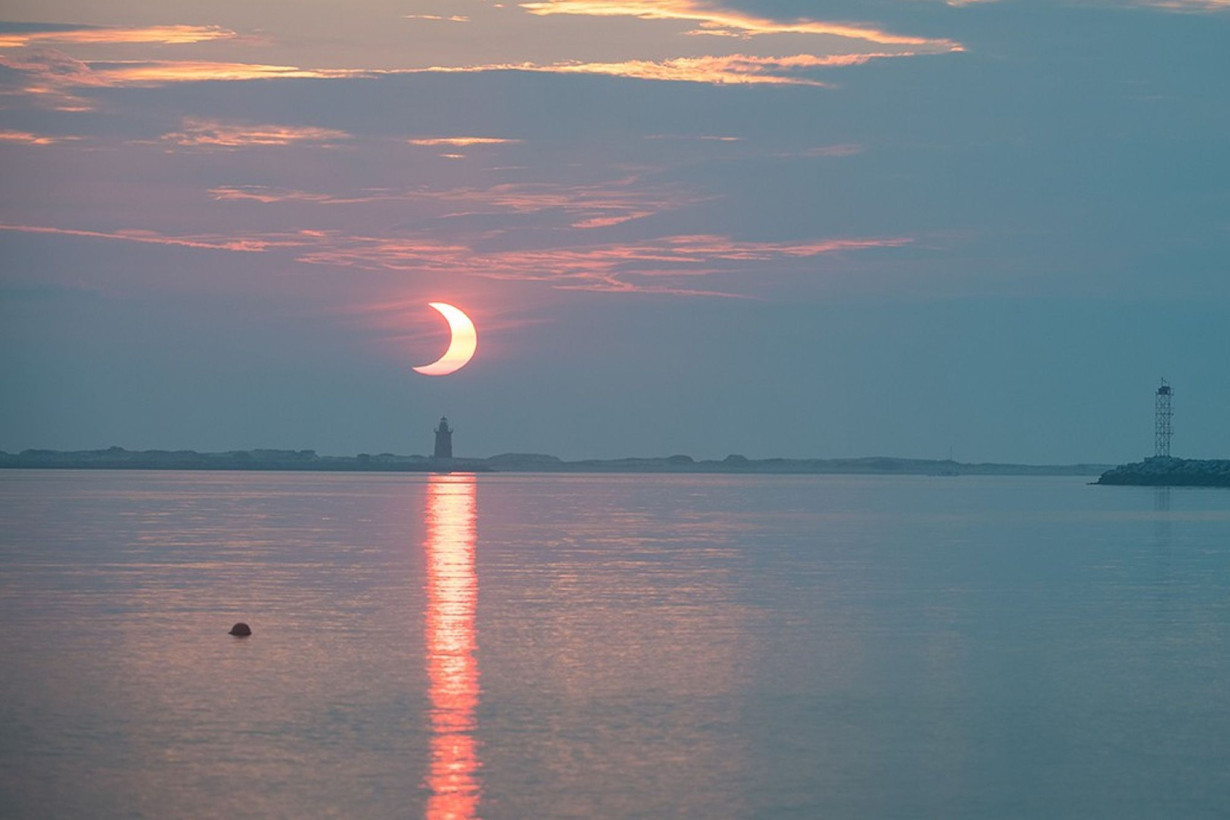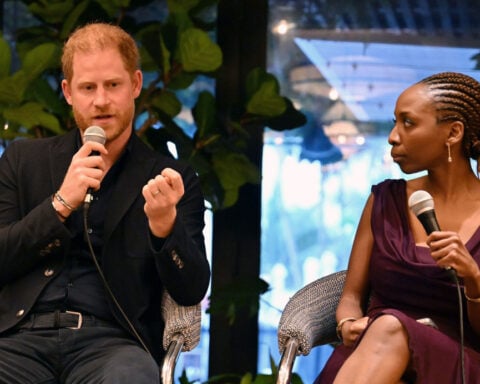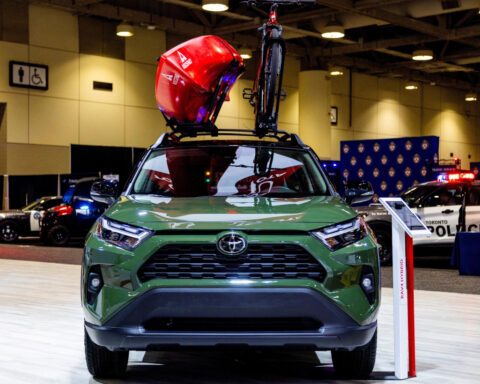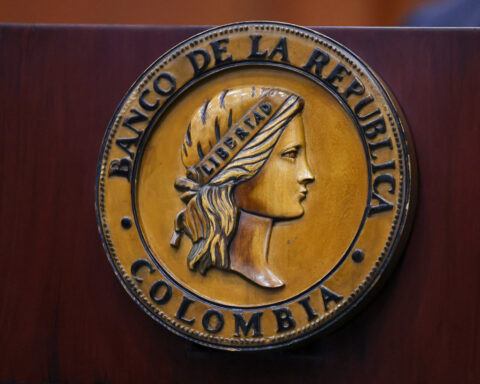(CNN) — A partial solar eclipse on Saturday will make it look as though the moon has taken a bite out of the sun over parts of the world. The celestial event comes just two weeks after a lunar eclipse created a “blood moon” in the night sky.
A partial solar eclipse occurs when the moon moves between the sun and Earth but the celestial bodies aren’t completely aligned, according to NASA. The moon only blocks part of the sun’s face during a partial solar eclipse, creating a crescent shape.
During Saturday’s celestial event, the moon will appear to pass in front of the sun and partially block it, throwing a shadow over parts of Earth’s Northern Hemisphere.
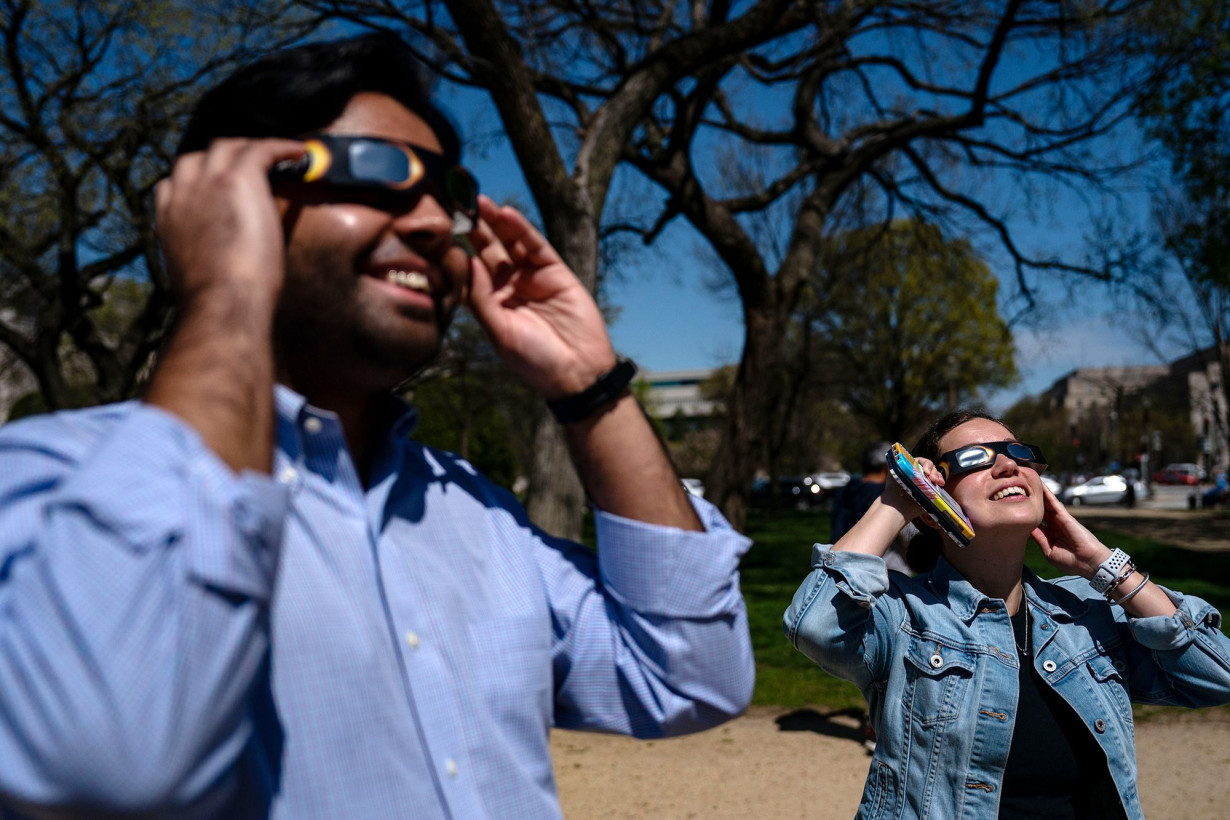
Remember, no part of a partial solar eclipse is safe to view without proper eye protection, so dig out your solar filters or solar eclipse glasses to view this celestial event safely.
Where to see the partial solar eclipse
The partial eclipse will be visible in parts of North America, South America, Africa, Europe, northern Asia, and across Greenland and Iceland, according to NASA. Only about 44,800 people will be able to witness a 90% partial solar eclipse, according to Time and Date.
The eclipse will begin near the northern coast of South America at 4:50 a.m. ET (8:50 GMT) and peak at 6:47 a.m. ET (10:47 GMT), and the last bit of the partial eclipse will end over far northern Siberia at 8:43 a.m. ET (12:43 GMT), according to EarthSky.
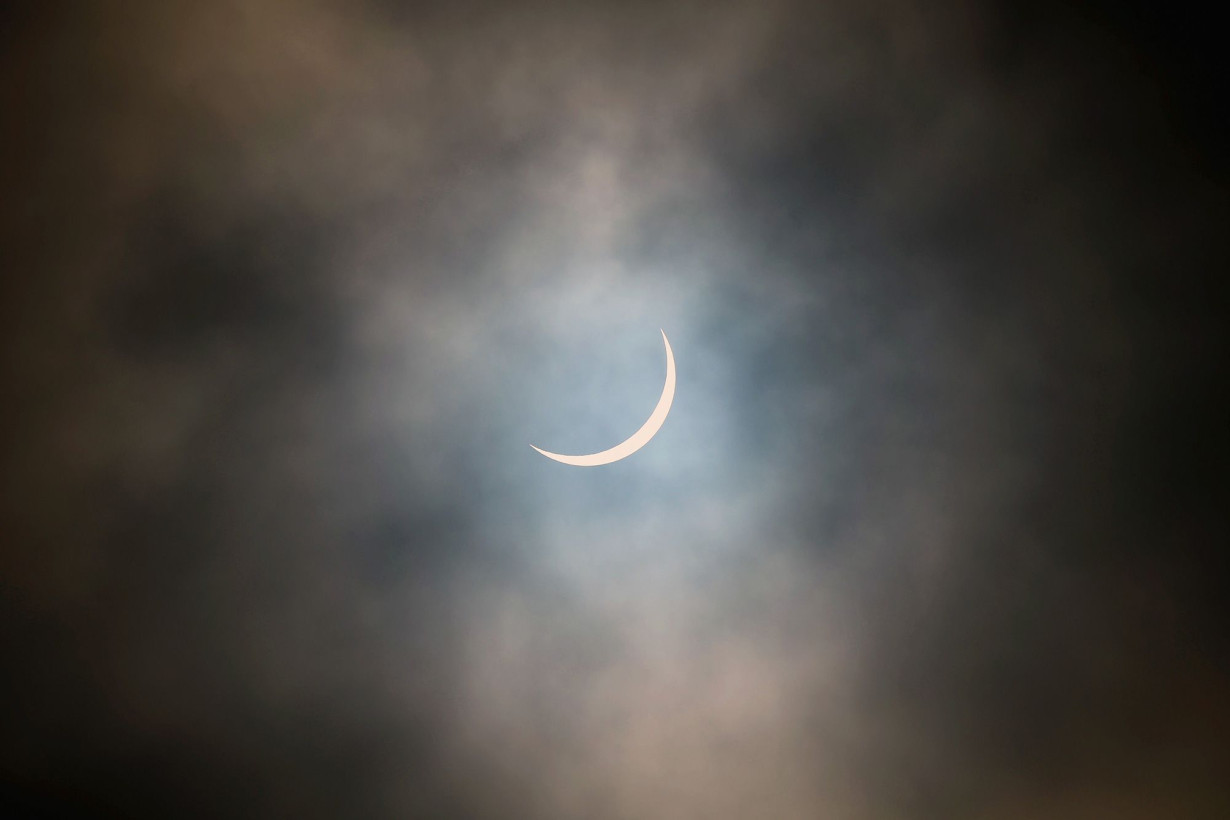
Most of the continental United States will not bear witness to the eclipse, but parts of Northeastern states such as Maine, Massachusetts and New York, and Canadian cities including Montreal, Ottawa, Halifax, Nova Scotia, and St. John’s, Newfoundland and Labrador, will see some portion of the sun’s face blocked by the moon during sunrise, according to Time and Date.
Meanwhile, it will be later in the morning for observers in Western Europe and northwestern Africa, and afternoon and early evening for viewers in Eastern Europe and northern Asia.
Check Time and Date’s website to see what is expected in your area and how long the eclipse will last, weather permitting.
How to watch the partial eclipse safely
Regardless of how briefly the partial solar eclipse occurs over your area, some of the sun’s powerful light will always be visible. And any glimpse of the sun’s brightness with the naked eye is not only uncomfortable, it’s dangerous.
Directly staring at the sun can result in blindness or disrupted vision. During the 2017 total solar eclipse, a young woman was diagnosed with solar retinopathy, retinal damage from exposure to solar radiation, in both eyes after viewing the eclipse with what doctors believed were eclipse glasses not held to the safety standard. There is no treatment for solar retinopathy. It can improve or worsen, but it is a permanent condition.
Sunglasses won’t work in place of eclipse glasses or solar viewers, which are 100,000 times darker and held to an international safety standard. The lenses of solar eclipse glasses are made of black polymer, or resin infused with carbon particles, that blocks nearly all visible, infrared and ultraviolet light, according to The Planetary Society. Sunglasses don’t block infrared radiation.
To view the partial solar eclipse safely, wear certified eclipse glasses or use a handheld solar viewer labeled with the ISO 12312-2 international standard. If you normally wear eyeglasses, keep them on and put eclipse glasses over them or hold a handheld viewer in front of them, according to the American Astronomical Society.
Separately, you can observe the sun with a telescope, binoculars or camera that has a special solar filter on the front, which acts the same way eclipse glasses would.
Don’t look at the sun through any unfiltered optical device — camera lens, telescope, binoculars — while wearing eclipse glasses or using a handheld solar viewer, according to NASA.
Solar rays can still burn through the filter on the glasses or viewer, given how concentrated they can be through an optical device, and can cause severe eye damage.
For safe manufacturers and resellers of eclipse glasses and filters for optical devices, including cameras and smartphones, check out this list curated by the American Astronomical Society.
Put on your eclipse glasses before looking up and remember to turn away from the sun before you remove them again. Always keep an eye on any children wearing eclipse glasses to make sure they don’t remove them while looking at the sun.
As long as the eclipse glasses or solar viewers you’re using aren’t torn, scratched or damaged in any way, they don’t “expire” and can be used indefinitely. Also, there is no limit on how long you can view the sun while wearing them.
The next eclipses
Eclipses tend to occur in pairs, so a solar eclipse typically takes place a couple of weeks before or after a total lunar eclipse, according to NASA.
A similar pattern from the two eclipses in March will repeat in September, with a total lunar eclipse shortly followed by a partial solar eclipse.
The second total lunar eclipse will be visible from Europe, Asia, Australia, Africa, parts of eastern South America, Alaska and Antarctica on September 7 and 8. The second partial solar eclipse will fall on September 21, and people in parts of Australia and Antarctica as well as some islands in the Pacific Ocean will be able to see it.
Check Time and Date’s website to see when each of these eclipses will appear and the specific locations where sky-gazers will be able to view them.
The-CNN-Wire
™ & © 2025 Cable News Network, Inc., a Warner Bros. Discovery Company. All rights reserved.

 Trump has begun another trade war. Here's a timeline of how we got here
Trump has begun another trade war. Here's a timeline of how we got here
 Canada's leader laments lost friendship with US in town that sheltered stranded Americans after 9/11
Canada's leader laments lost friendship with US in town that sheltered stranded Americans after 9/11
 Chinese EV giant BYD's fourth-quarter profit leaps 73%
Chinese EV giant BYD's fourth-quarter profit leaps 73%
 You're an American in another land? Prepare to talk about the why and how of Trump 2.0
You're an American in another land? Prepare to talk about the why and how of Trump 2.0
 Chalk talk: Star power, top teams and No. 5 seeds headline the women's March Madness Sweet 16
Chalk talk: Star power, top teams and No. 5 seeds headline the women's March Madness Sweet 16
 Purdue returns to Sweet 16 with 76-62 win over McNeese in March Madness
Purdue returns to Sweet 16 with 76-62 win over McNeese in March Madness
